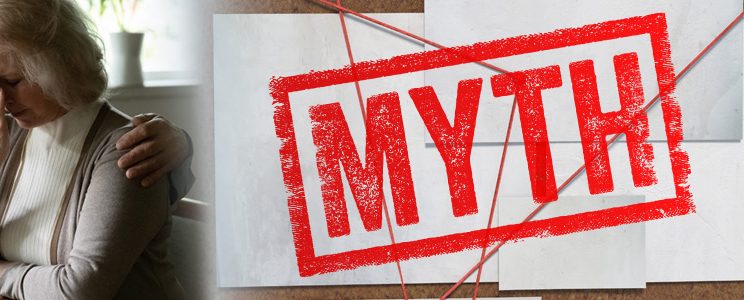Publication
Forensic Science International: Synergy, February 2024
Authors
Micaela A. Ascolese | RTI International
Kelly A. Keyes | RTI International
Jeri D. Ropero-Miller | RTI International
Sean E. Wire | RTI International
Hope M. Smiley-McDonald | RTI International
Introduction
With a wide variety of incidents to respond to—natural disasters, mass shootings, transportation accidents, infectious disease pandemics, drug overdose crises, incidents with chemical, biological, radiological, nuclear, or explosive (CBRNE) agents—it is crucial to determine medical examiners and coroners’ (MECs’) access to resources in preparation and response to such incidents. The extent of MEC access to mass fatality and disaster planning trainings/resources in the United States is not well-known. Gershon et al.‘s and Merrill et al.‘s studies are just two examples using national survey data to evaluate preparedness levels among MECs in the United States [4,19]. However, regional variation in preparedness levels for some types of mass casualty events that are more common in certain areas of the country (e.g., hurricanes in southern and Gulf Coast states; wildfires in western states) is not fully delineated. The Bureau of Justice Statistics’ (BJS’) 2018 Census of Medical Examiner and Coroner Offices (CMEC) was the first national census collection to include questions about agency access to mass fatality and disaster planning trainings and resources and agency participation in emergency response drills [5]. Although the 2021 BJS CMEC report summarized some of the mass fatality data collected in the 2018 CMEC, it did not include an in-depth analysis of results, which this paper provides [5]. In addition, we examine the relationship between different access levels and contributing factors to access levels, such as jurisdiction region, population, budget, and staffing.
Related Resources
- Academy Standards Board (ASB)
- American Board of Medicolegal Death Investigators (ABMDI)
- International Association of Coroners & Medical Examiners (IACME)
- National Association of Medical Examiners (NAME)
- The Organization of Scientific Area Committees for Forensic Science (OSAC)
- Society of Medicolegal Death Investigators (SOMDI)
Funding for this article was provided by the Forensic Technology Center of Excellence, the National Institute of Justice, Office of Justice Programs, U.S. Department of Justice, the Centers for Disease Control and Prevention, and RTI International.
The opinions, findings, and conclusions or recommendations expressed in this article are those of the author(s) and do not necessarily reflect those of the U.S. Department of Justice.
Contact us at ForensicCOE@rti.org with any questions and subscribe to our newsletter for notifications.




